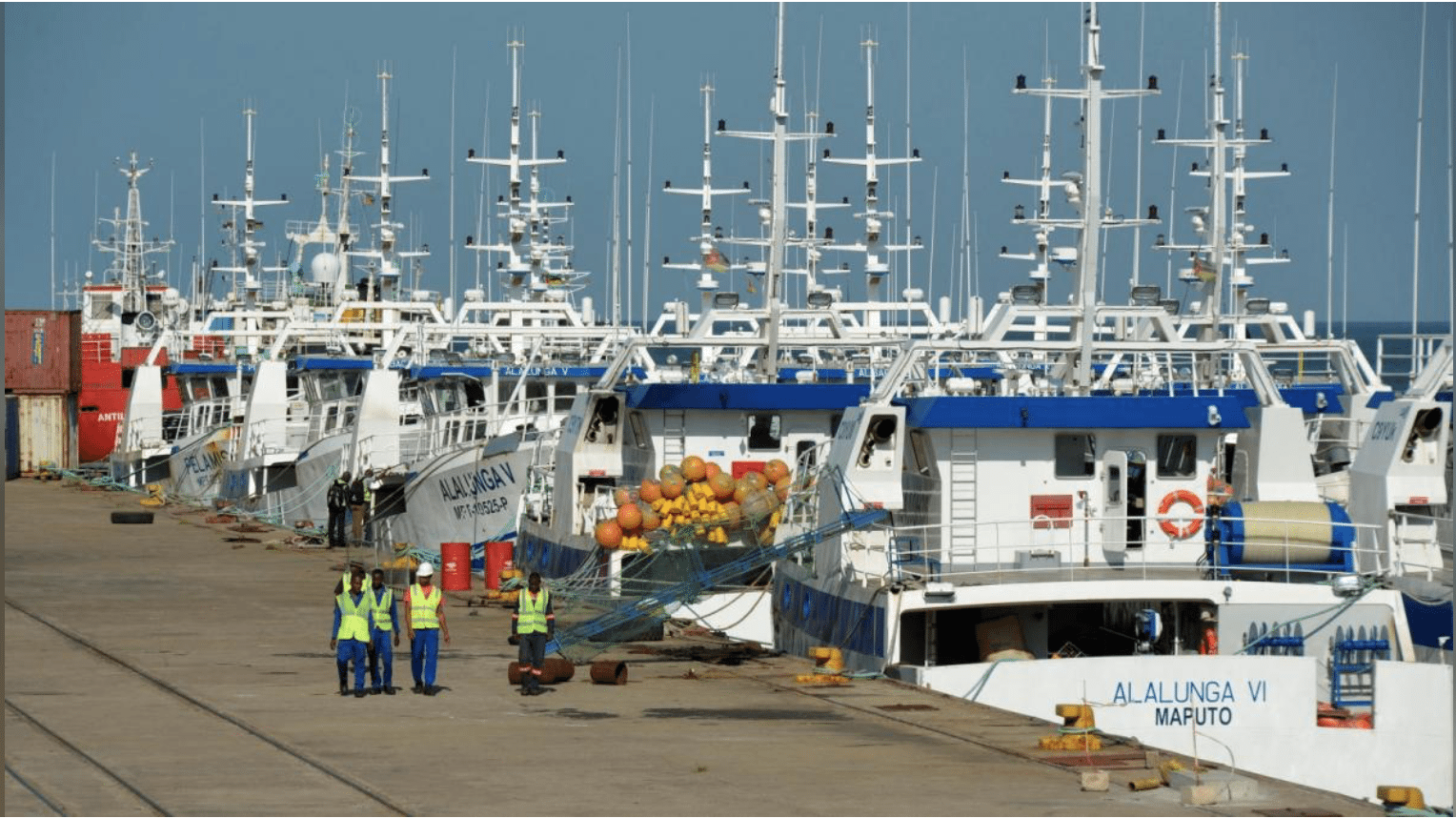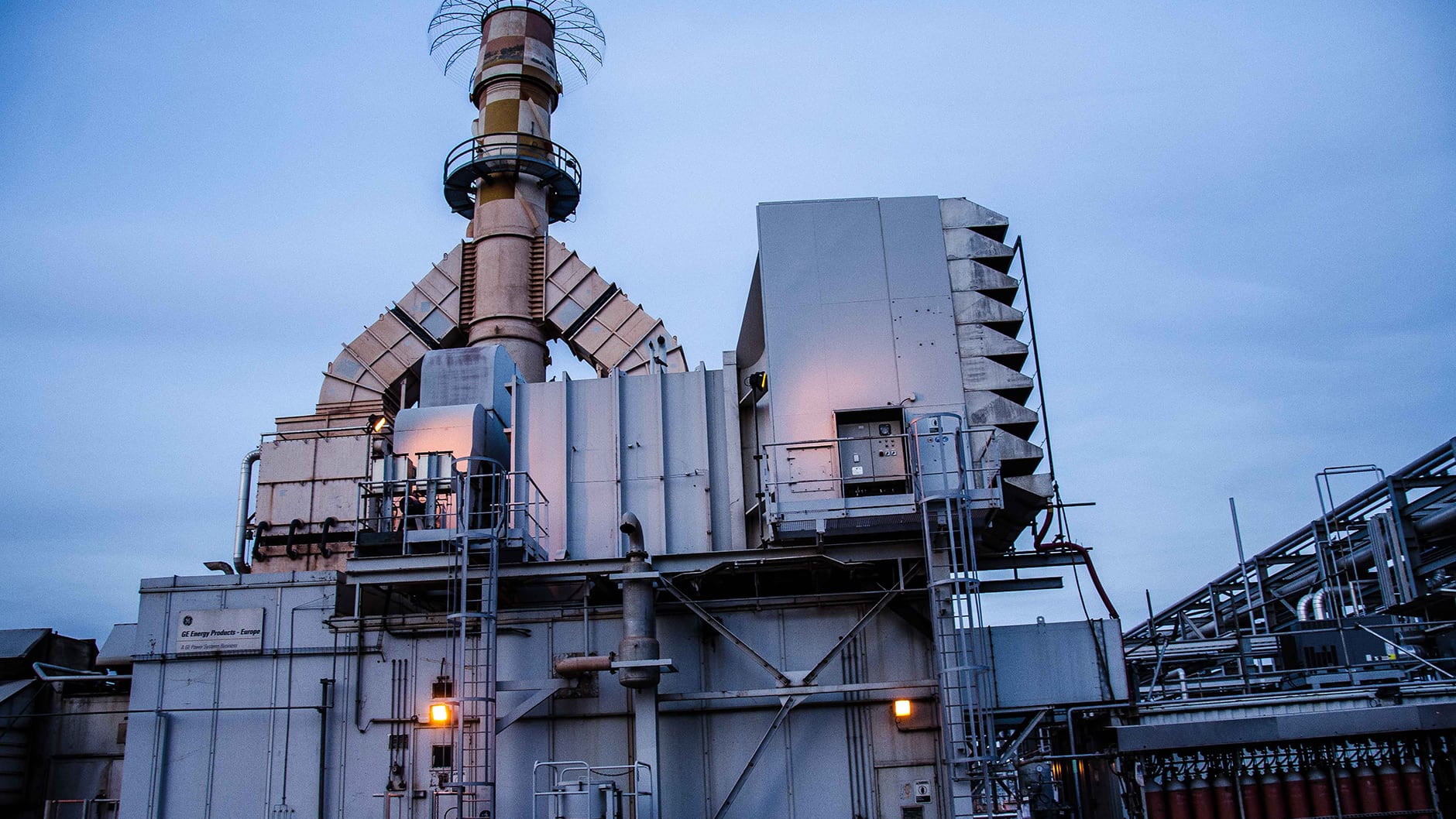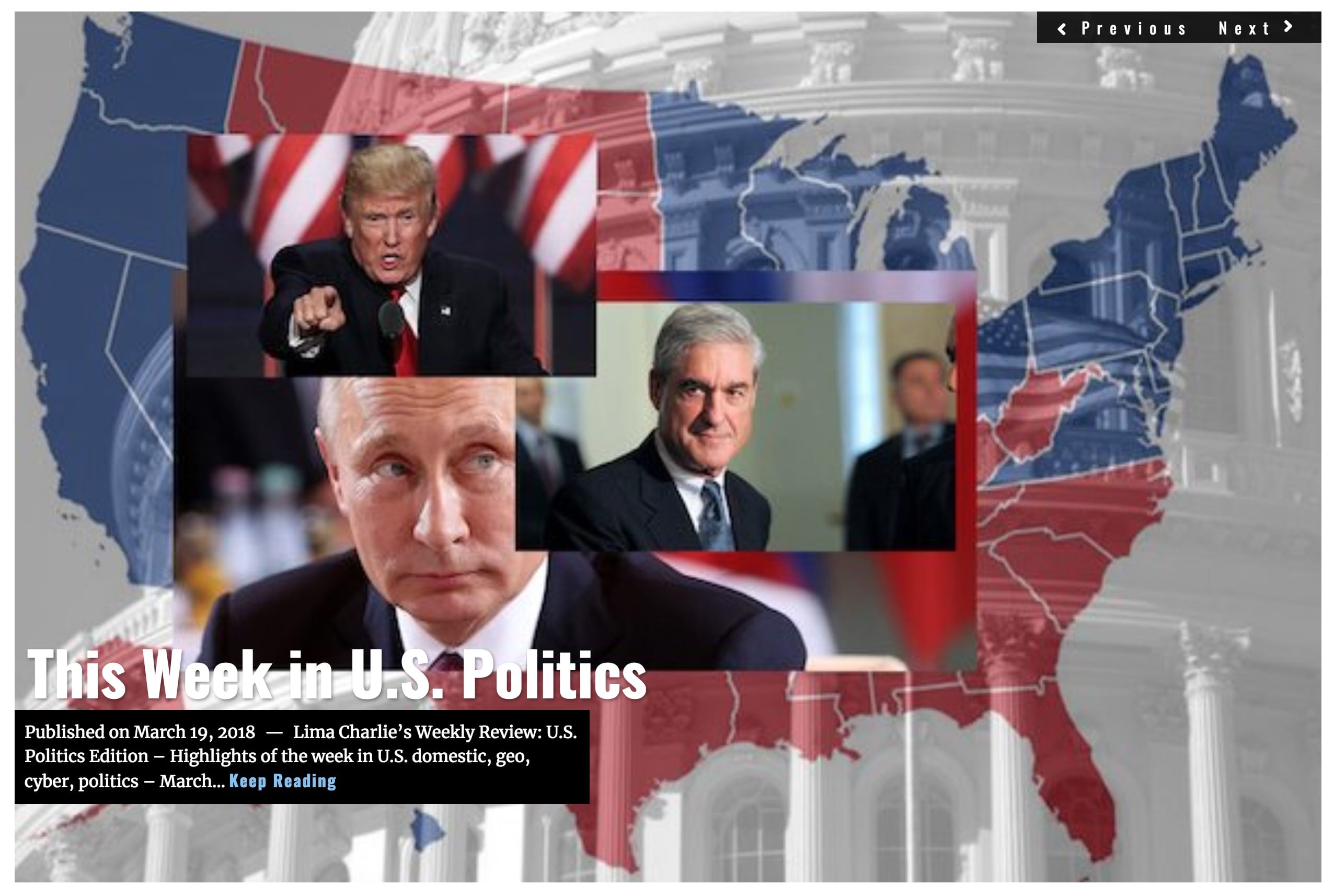According to the IMF, the median debt level for sub-Saharan Africa has risen from 30% to 50% of GDP since 2012. Although this is still low by international standards — U.S. debt is nearly at 106% of GDP — African countries are subject to relatively high interest rates and low tax revenues, meaning there is very little in the way to stop the growing debt in sub-Saharan Africa. The IMF estimates that five sub-Saharan countries are in “debt distress,” with nine more teetering on the edge.
Debt is continuing to mount in the Ivory Coast, as seen last Thursday, when the country issued 1.7bn euros ($2.1bn) in bonds, the single largest euro-debt issuance by any African government so far this century. This brings the total Eurobonds issued by African sovereigns in 2018 to $12.8bn.
For other countries, however, the weight of the debt is too heavy. Mozambique, for instance, has been in a state of crisis ever since it admitted to the IMF that it had over $1bn in undisclosed debt in April 2016. The month before, a scandal emerged when the Financial Times discovered that a state bond issuance, which was meant to set up a state-run fishing company, had been largely funneled into the purchase of military equipment. The crisis has only deepened with the discovery of an additional $1bn in hidden loans, which caused the IMF and World Bank to suspend aid to the country.

This week, the Finance Minister for Mozambique traveled to London to initiate negotiations with the country’s creditors, where he announced that his country will be unable to initiate repayment until 2028. Not only is this bad for the creditors that were expecting a return on their loans, but it also represents a re-emergence of a problem which the international community believed it had solved decades ago.
In the 1970s, high global commodity prices led international financial institutions to lend liberally to African nations in order to cash in on the boom. However, when the commodity prices fell in the 1980s, the debt of African nations went from $140bn in 1982 to over $270bn by 1990. Due to this heavy indebtedness and a wave of instability in the early 1990s, international credit to sub-Saharan Africa quickly dried up.
The IMF and World Bank responded to this impasse with the Heavily Indebted Poor Countries (HIPC) program, in 1996, to effectively call a mulligan and coordinate with the international community to implement debt relief. The deal did not come to full fruition until 2005, but was ultimately effective; the GDP-to-debt ratio for the region has been slashed by half.
However, because history usually has a tendency to repeat itself, debt is rising again.
Over the last decade, in the wake of the financial crisis, Africa once again had access to easy capital. While interest rates in rich countries continued to approach zero, African government bond yields remained high and, with high commodity prices at the time, loans seemed likely to be repaid.

For instance, in 2014, the state oil company of Chad partnered with Glencore in a $1.4bn deal which gave the oil company an infusion of capital to make investments in production, which were to be paid off later with oil profits.
“We thought it was opportunity,” said Chad President Idriss Deby on Radio France International, “but it was a fool’s bargain.”
The deal may have been a good bargain, if the price of oil had not fallen as much as it did — from $115 a barrel in June 2014 to $70 by the end of the year. The price of oil continued to drop even after 2014, and was only just able to get back to $70 in 2018, aided by a record-setting cold snap on the U.S. East Coast. With as much of 85% of Chad’s oil revenue flowing into debt service, the country implemented sweeping austerity measures. The country’s schools, hospitals and government offices were all shuttered by a general strike, first by public sector workers on Feb. 1st, then by private sector unions on Feb. 5th. By Feb. 21st, Glencore and Chad had reached an agreement, slashing interest rates by 5.5% and extending a grace period on payments by two years.
Investments in the production of goods for export also characterize many of the recent loans taken by African governments. On March 13th, the Ghana Cocoa Board announced that it had only purchased 625,111 of the 850,000 tons of cocoa from farmers it had projected. While the shortfall in production was created by drought and disease, cocoa prices have also recently hit their lowest point since 2006, which is bad news for the $1.3bn in loans that the board took to pay farmers for their product.
For now, governments and regulators are working out ways to better manage African debt, while stressing the importance of transparency in how borrowed funds are being used.
(Title Image: Fishermen on the Ilha de Mafamede, Mozambique, where money set aside for a state fishing company was instead used for military purposes. Photo: WWF-US / James Morgan)
LIMA CHARLIE NEWS
Lima Charlie provides global news, insight & analysis by military veterans and service members Worldwide.
For up-to-date news, please follow us on twitter at @LimaCharlieNews
In case you missed it:

![Image Looming debt trap in sub-Saharan Africa [Photo: James Morgan]](https://limacharlienews.com/wp-content/uploads/2018/03/wwf_ocean_06.jpg)


![Image [Women's Day Warriors - Africa's queens, rebels and freedom fighters][Lima Charlie News]](https://limacharlienews.com/wp-content/uploads/2019/03/Womens-Day-Warriors-Lima-Charlie-News-480x384.jpg)
![Image Drop in oil prices may trigger unintended consequences [Lima Charlie News]](https://limacharlienews.com/wp-content/uploads/2018/11/main_900-480x384.jpg)
![Image Texas Oil Boom Causes Headaches [Lima Charlie News][Photo: Marie D. De Jesus]](https://limacharlienews.com/wp-content/uploads/2018/07/Texas-Oil-Boom-Causes-Headaches-480x384.jpg)
![Africa’s Elections | In Malawi, food, land, corruption dominate [Lima Charlie News]](https://limacharlienews.com/wp-content/uploads/2019/06/Malawi-election-Food-land-corruption-480x384.jpg)
![Image The Rwandan Jewel - Peacekeepers, Conflict Minerals and Lots of Foreign Aid [Lima Charlie World]](https://limacharlienews.com/wp-content/uploads/2019/03/Rwanda-Jewel-480x384.jpg)
![Image Zimbabwe’s Election - Is there a path ahead? [Lima Charlie News]](https://limacharlienews.com/wp-content/uploads/2018/09/Zimbabwe’s-Election-Is-there-a-path-ahead-Lima-Charlie-News-480x384.png)
![[Silver lining for China in Zimbabwe’s violent elections][Lima Charlie News]](https://limacharlienews.com/wp-content/uploads/2018/08/Screen-Shot-2018-08-02-at-12.51.35-PM-480x384.png)
![Image [Women's Day Warriors - Africa's queens, rebels and freedom fighters][Lima Charlie News]](https://limacharlienews.com/wp-content/uploads/2019/03/Womens-Day-Warriors-Lima-Charlie-News-150x100.jpg)
![Image Drop in oil prices may trigger unintended consequences [Lima Charlie News]](https://limacharlienews.com/wp-content/uploads/2018/11/main_900-150x100.jpg)